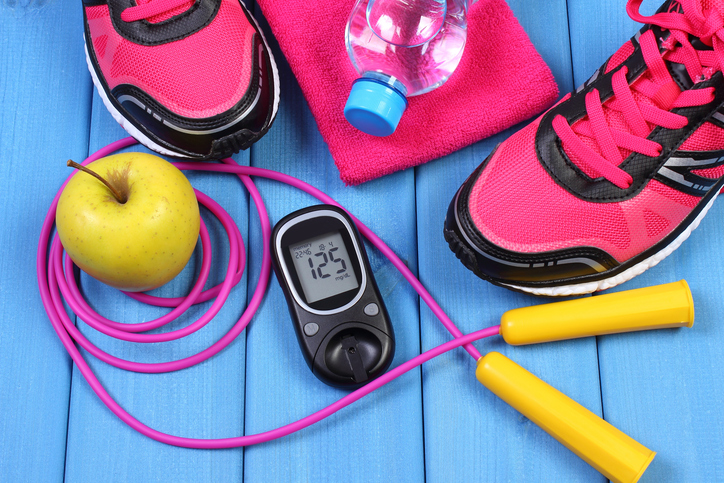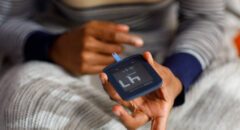 As a person living with diabetes, you’re constantly worried about your feet. You’ve heard the horror stories of people who had a toe, foot or leg amputated because of a diabetes-related complication.
As a person living with diabetes, you’re constantly worried about your feet. You’ve heard the horror stories of people who had a toe, foot or leg amputated because of a diabetes-related complication.
These complications arise because the amount of blood flowing to your lower extremities can decrease with diabetes, especially if you’re not doing the best job keeping healthy blood sugar levels. According to the National Institute of Diabetes and Digestive and Kidney Disease (NIDDKD), ill glucose levels can result in losing the feeling in your feet, making you more vulnerable to cuts, sores and infections that you may not feel are there – and the poor blood circulation doesn’t help healing-wise.
“We pay very close attention to the feet when patients come in for office visits,” Dr. Kevin Pantalone, an endocrinologist at Cleveland Clinic, told USNews.com. “Things can get out of control in a matter of days to weeks from a lesion they have on their foot if they don’t notice it.”
One way to protect your feet from infection or worst, a future amputation, is to wear a good pair of comfortable shoes at all times – even when casually walking around the house. At any moment, you can step on something and unknowingly damage your feet.
Here is a list of things to look for, according to NIDDK, when purchasing a good pair of shoes suitable for people living with diabetes.
Choose walking or athletic shoes.
When you get to the shoe store, ask the sales associate to point you in the direction of the walking shoes and athletic shoes. These shoes are good for support and won’t tear with all the walking you do day to day. Because these shoes are usually worn by athletes or during workouts, they are made with material that allows for air to get in and out of the shoe – so your feet won’t be sweaty on hot days or long walks.
Say no to vinyl and plastic shoes.
These shoes trap in air, which doesn’t allow for your feet to breathe. This can make them sweaty and prone to infection. Additionally, these shoes don’t stretch in the way leather shoes do. A tight shoe can lead to blisters or corns on your feet.
Shop at the end of the day.
Your feet are typically larger at the end of the day, as they may have a bit of swelling going on from all of the walking. This will give you the best idea of how a shoe fits on your foot, and help you judge the adequate amount of room needed for your toes inside the shoe.
Avoid pointed-toe shoes.
These tend to be a favorite for dress shoes, but they can be very damaging on your diabetic toes, as they add a tremendous amount of pressure on your toes. Also, if you have corns or toes that curl under your feet, these shoes may be painful for you.
Ask about shoe inserts.
Shoe inserts may be necessary if you’ve noticed one foot may have changed in shape or size compared to the other foot.








